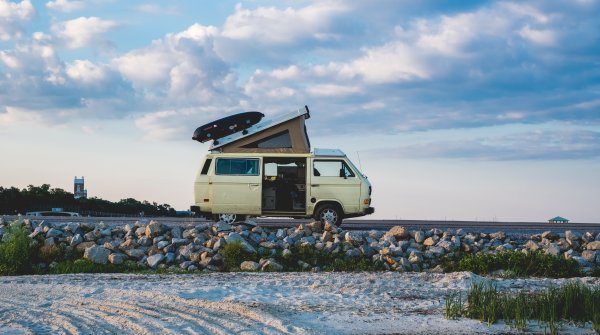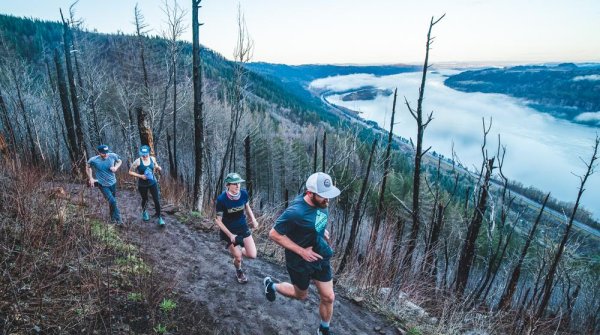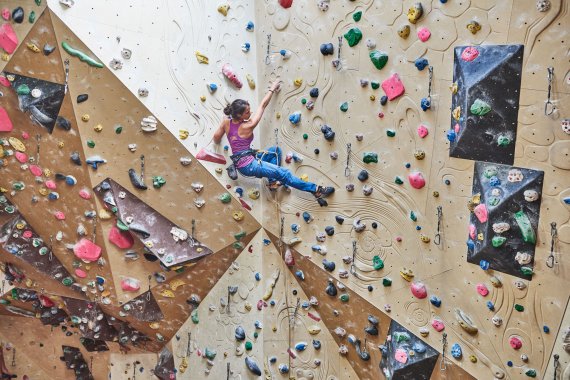
ISPO.com met with industry experts during the ISPO Munich 2019 indoor climbing hub and talked to them about the latest developments in indoor climbing. Christian Popien, owner of Climb-Inn Klettersport, Wolfgang Zwack, Managing Director of orgasport and Nicole Chernyakhovsky, Senior Product Director at Brooklyn Boulders/USA, gave an insight into how well climbing companies are equipped for the future.
Over the past 30 years, the former niche sport has grown into a popular sport, and climbing has become socially acceptable. The climbing gyms made a significant contribution to the climbing boom. Christian Popien, owner of Climb-Inn and responsible for the management of the DAV Kletterzentrum Wupperwände, explained: "Climbing used to take place only on rock, now the sport has arrived in the urban environment, and suddenly the climbers were noticed and the sport was accessible to a larger audience."
The demands on the gyms have changed: away from the dark training bunker to the light-flooded large facility with many colourful holds - climbing should above all be fun. The gyms soon burst at the seams, the building sites in the cities were in great demand: "We have experienced enormous growth in the last 10 years. Especially in the last 5 years we have had the largest growth curve compared to other European countries," said Popien.
The German Alpine Association (DAV) regularly observes and surveys climbing gyms and athletes. The latest figures in this respect are impressive and prove the growth mentioned by Christian Popien: in 1989, there were just 20 climbing facilities in Germany, by 2018 a good 500 indoor climbing areas had been counted. Between 2010 and 2018, 24 climbing facilities with climbing areas over 100 square metres were opened throughout Germany. Germany also has the world's largest climbing gym: the Thalkirchen/Munich climbing centre with 7,750 square metres of climbing space.
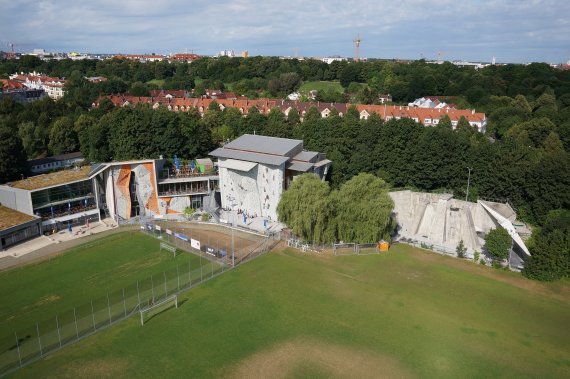
While at the beginning of the climbing hype, the market coped very well with an average annual growth of 18 facilities (between 2000 and 2010), a certain degree of saturation has now been reached. Wolfang Zwack, Managing Director of orgasport, who has been advising on the planning, construction and operation of climbing and bouldering centres for more than 20 years, explained this as follows: "Market concentration is expected to increase in the future. This is especially true for bouldering gyms, but also for climbing gyms, which do feel the competition of bouldering halls. The location will play a more decisive role in the future, because the motoring capacity will decrease due to the greater supply. At the same time, the demands on the operator are constantly increasing."
Zwack, who is also responsible for the management of the Thalkirchen climbing centre, also highlighted the need of suitable staff: "A climbing gym has meanwhile become an administrative operation with high requirements, which can only be fulfilled by cost-intensive qualified personnel deployment. While Siemens, for example, can poach well-trained employees from other companies relatively easily, this is still the exception in the climbing gym industry. It is therefore important to select employees well, to bind them to the respective company as far as possible and to train them consistently".
Christian Popien, who has increasingly specialised in consulting and renovation consulting for climbing gyms since 2013, also sees a certain saturation: "We are noticing that the market is becoming increasingly competitive. For example, in rope climbing we no longer have the growth rates of previous years. Bouldering, on the other hand, is still up-and-coming, not least because the entry hurdles are much lower here. The gym operators will notice that. In this respect there were and are losers, i.e. climbing and bouldering gyms, who went bankrupt. And I am convinced that there will be more insolvencies in the coming years." In order to remain competitive, gym operators must increasingly focus on the needs of users.
However, not only gym operators, but also manufacturers and brands must adapt to the new user groups in a targeted manner. An area in which, according to Popien, there is still great potential to establish a stronger connection between consumer, brand and product. Marketing and brand ambassadors in particular, but also product developers, are in demand here to pick up and address the new target group.
Christian Popien: "The new target groups, especially in the bouldering sector, no longer traditionally come from the outdoor/mountain sports segment. Accordingly, they lack brand reference. Indoor boulderers, for example, have completely different needs than outdoor climbers. They don't want to carry shoes, trousers, shirt and chalk bag through the city in an oversized backpack. For them, one bag is sufficient, where everything can be stowed well and odourlessly and where the working laptop also finds its place."
The increased density of gyms requires a rethinking of the gym operators: Whereas 10 years ago, climbers still came from a radius of up to 50 kilometres to be able to climb in gyms, today it is necessary to generate target groups from the immediate vicinity. Admission prices also have to be revised: away from expensive daily admissions towards hourly rates and time slots.
Many gym operators have been focusing on gastronomy for a long time, such as the boulder gym "Bahnhof Blo" in Wuppertal. It has specialized in climbing and culture: While wedding parties or exhibitions take place on the ground floor, training on the boulder walls takes place on the first floor. Other climbing gym operators successfully use parcour areas, trampoline jumping and playful climbing modules such as Clip`n Climb. It is important for Popien that the operators break away from old thought structures. This is the only way to sustainably survive on the market.
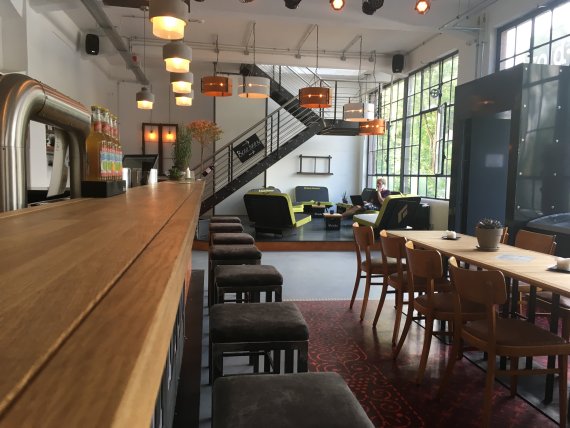
In the USA, the topic of customer loyalty goes one step further. In the climbing and bouldering gym Brooklyn Boulders Queensbridge/New York, for example, there is a co-working space. Working and climbing under one roof is the motto. Nicole Chernyakhovsky, Senior Product Director of Brooklyn Boulders (BKB)/Colorado, answered the question as to what distinguishes a successful climbing gym: "Above all, we must immediately infect our first customers with the climbing virus. Accordingly, we offer special courses for newcomers to climbing, explain safety techniques and, above all, convey the fascination of sport".
In addition, according to the lively US American and climber, BKB is currently expanding its excursion programme. Whether hiking, yoga or rock climbing - anyone can book a trip in the four climbing and bouldering gyms on the east coast. For Chernyakhovsky it is important to have a holistic offer that at best accompanies users through several stages of their lives: from the children's group to the senior climbing meeting.





